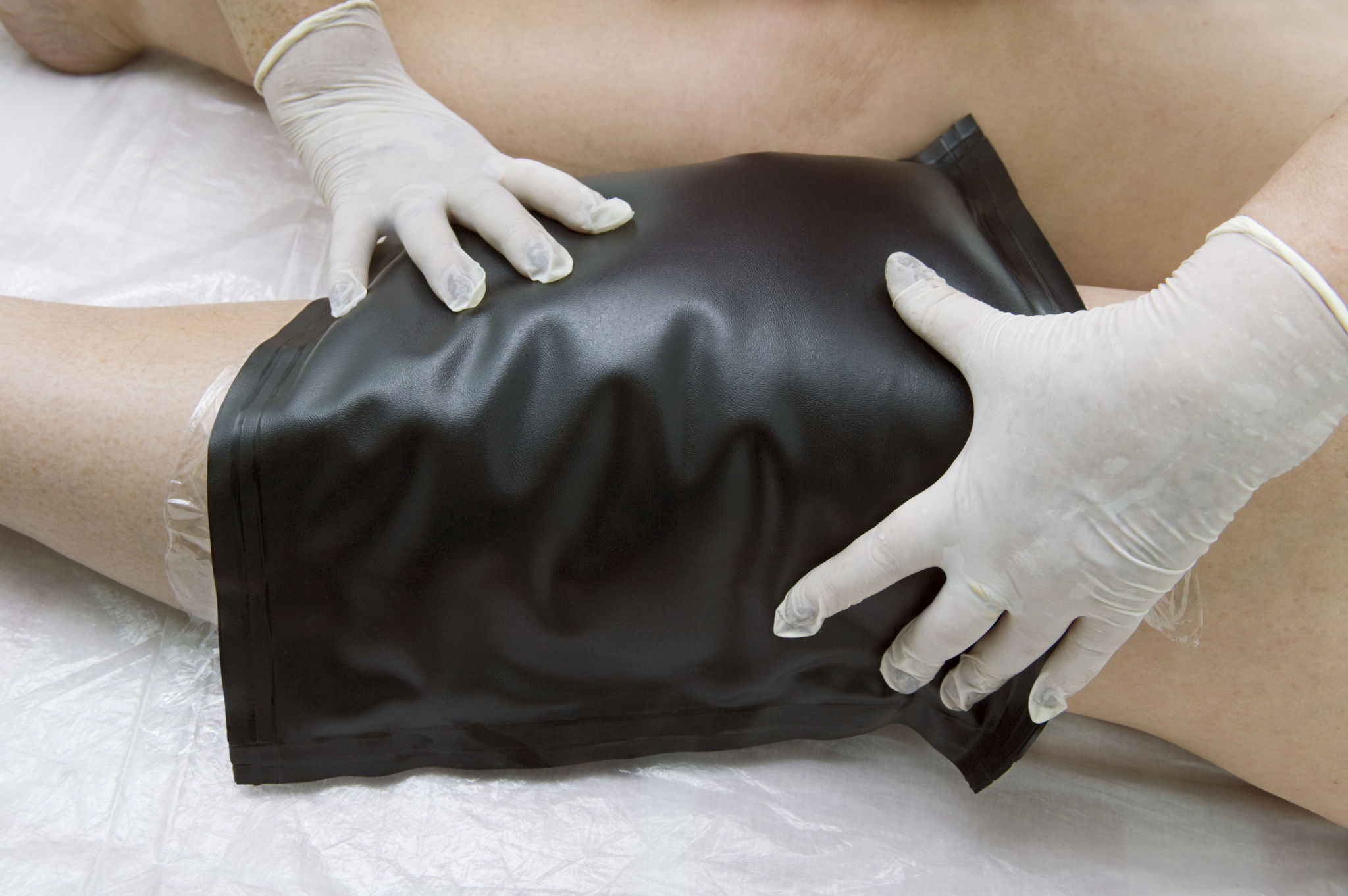Winter Therapy: Effective Solutions for Back Pain Relief
Understanding Winter's Impact on Back Pain
As temperatures drop and winter sets in, many individuals experience a noticeable increase in back pain. The cold weather can lead to muscle stiffness and reduced circulation, exacerbating existing issues and causing discomfort. Understanding how winter affects your back health is the first step in finding effective relief.

Cold weather often causes muscles to contract, which can lead to tension and discomfort in the back. Additionally, decreased sunlight exposure can affect mood and energy levels, potentially impacting physical activity. Staying informed about these factors can help you take proactive measures to manage your back pain during the winter months.
Staying Active Indoor
One of the best ways to combat winter-related back pain is by maintaining regular physical activity. While it might be tempting to hibernate indoors, engaging in indoor exercises can significantly help alleviate pain. Activities such as yoga, Pilates, and stretching routines are excellent choices for keeping your muscles flexible and strong.
Consider setting up a dedicated space at home for these exercises, ensuring it is free from distractions and equipped with necessary props like a yoga mat or resistance bands. Consistent movement not only helps reduce stiffness but also boosts circulation, which is crucial for muscle health.
Heat Therapy for Pain Relief
Heat therapy is a tried-and-true method for alleviating back pain, particularly during the colder months. Applying heat helps to improve blood flow and relax tense muscles. You can use heating pads, warm baths, or even heated blankets to provide soothing relief to your back.

It's important to apply heat for about 15-20 minutes at a time and ensure the temperature is comfortable to prevent burns. Incorporating this simple routine into your daily life can make a significant difference in managing back pain this winter.
Ergonomic Adjustments
Winter often means spending more time indoors, which can lead to prolonged periods of sitting or lounging. Ensuring that your home and workspace are ergonomically optimized can prevent additional strain on your back. Investing in an ergonomic chair or adjusting your desk setup can promote better posture.
- Maintain a neutral spine position.
- Use supportive cushions if needed.
- Take regular breaks to stand and stretch.
The Role of Nutrition
Proper nutrition plays a vital role in maintaining overall health and managing back pain. During winter, it's essential to consume foods rich in anti-inflammatory properties and nutrients that support bone health, such as omega-3 fatty acids, vitamin D, and calcium.

Incorporating a balanced diet with plenty of fruits, vegetables, nuts, and lean proteins can help reduce inflammation and support your body's healing processes. Staying hydrated is also crucial, as dehydration can exacerbate muscle cramps and discomfort.
Consulting with Professionals
If you find that your back pain persists despite these self-care measures, it may be time to seek professional help. Consulting with a physical therapist or chiropractor can provide personalized treatment options tailored to your specific needs and conditions.
These professionals can offer guidance on exercises, manual therapy, and other interventions designed to address the root cause of your pain. Early intervention can prevent further complications and enhance your quality of life during the winter season.
Conclusion: Embrace Winter with Confidence
While winter might pose challenges for those with back pain, adopting a proactive approach can make all the difference. By incorporating regular exercise, heat therapy, ergonomic adjustments, proper nutrition, and seeking professional advice when needed, you can effectively manage your back pain this season.
Embrace winter with confidence and prioritize your health by implementing these strategies. With the right care and attention, you can enjoy the colder months without letting back pain hold you back.